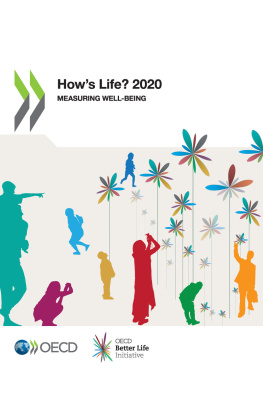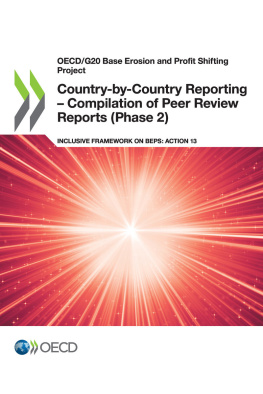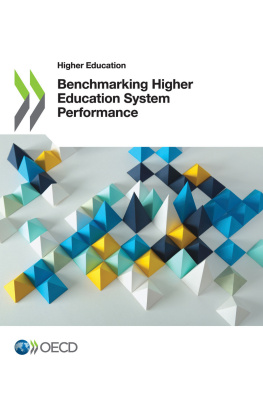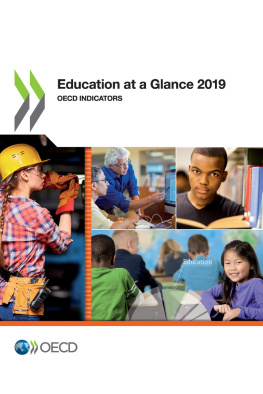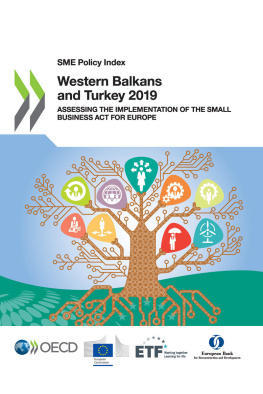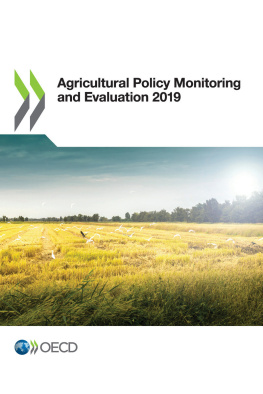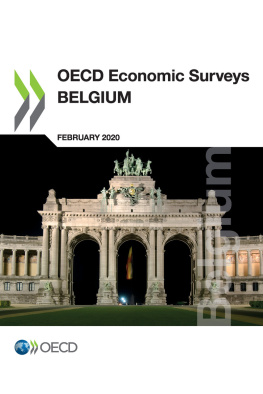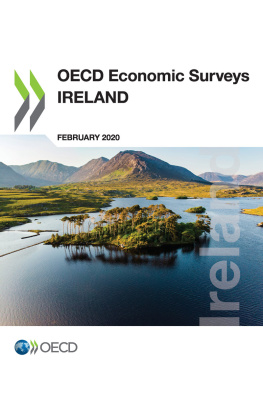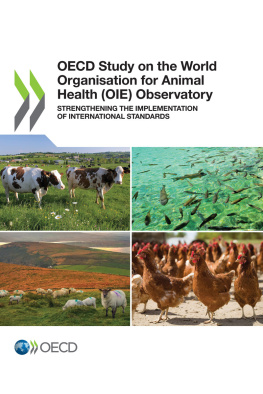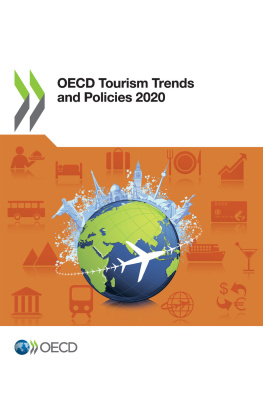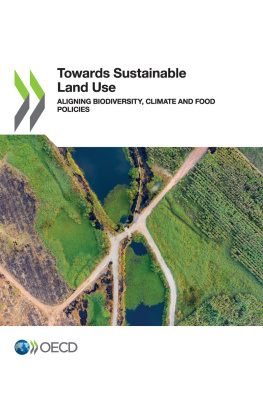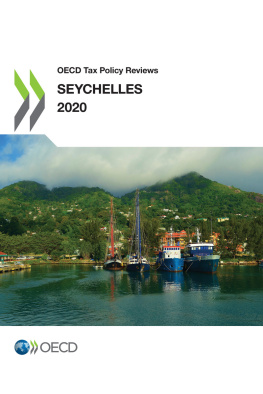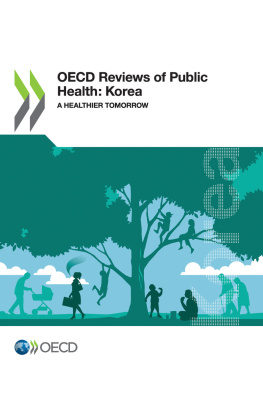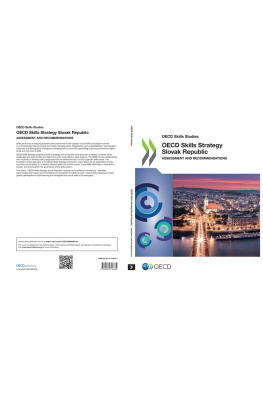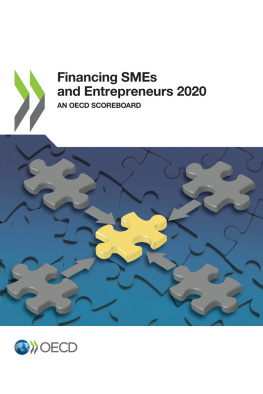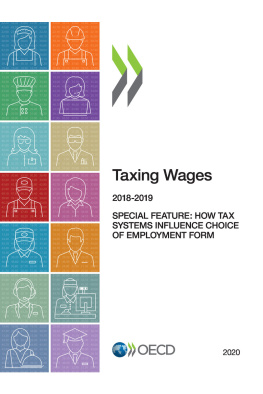OECD - How’s Life? 2020
Here you can read online OECD - How’s Life? 2020 full text of the book (entire story) in english for free. Download pdf and epub, get meaning, cover and reviews about this ebook. year: 2020, publisher: OECD Publishing, genre: Home and family. Description of the work, (preface) as well as reviews are available. Best literature library LitArk.com created for fans of good reading and offers a wide selection of genres:
Romance novel
Science fiction
Adventure
Detective
Science
History
Home and family
Prose
Art
Politics
Computer
Non-fiction
Religion
Business
Children
Humor
Choose a favorite category and find really read worthwhile books. Enjoy immersion in the world of imagination, feel the emotions of the characters or learn something new for yourself, make an fascinating discovery.
- Book:How’s Life? 2020
- Author:
- Publisher:OECD Publishing
- Genre:
- Year:2020
- Rating:4 / 5
- Favourites:Add to favourites
- Your mark:
- 80
- 1
- 2
- 3
- 4
- 5
How’s Life? 2020: summary, description and annotation
We offer to read an annotation, description, summary or preface (depends on what the author of the book "How’s Life? 2020" wrote himself). If you haven't found the necessary information about the book — write in the comments, we will try to find it.
OECD: author's other books
Who wrote How’s Life? 2020? Find out the surname, the name of the author of the book and a list of all author's works by series.
How’s Life? 2020 — read online for free the complete book (whole text) full work
Below is the text of the book, divided by pages. System saving the place of the last page read, allows you to conveniently read the book "How’s Life? 2020" online for free, without having to search again every time where you left off. Put a bookmark, and you can go to the page where you finished reading at any time.
Font size:
Interval:
Bookmark:
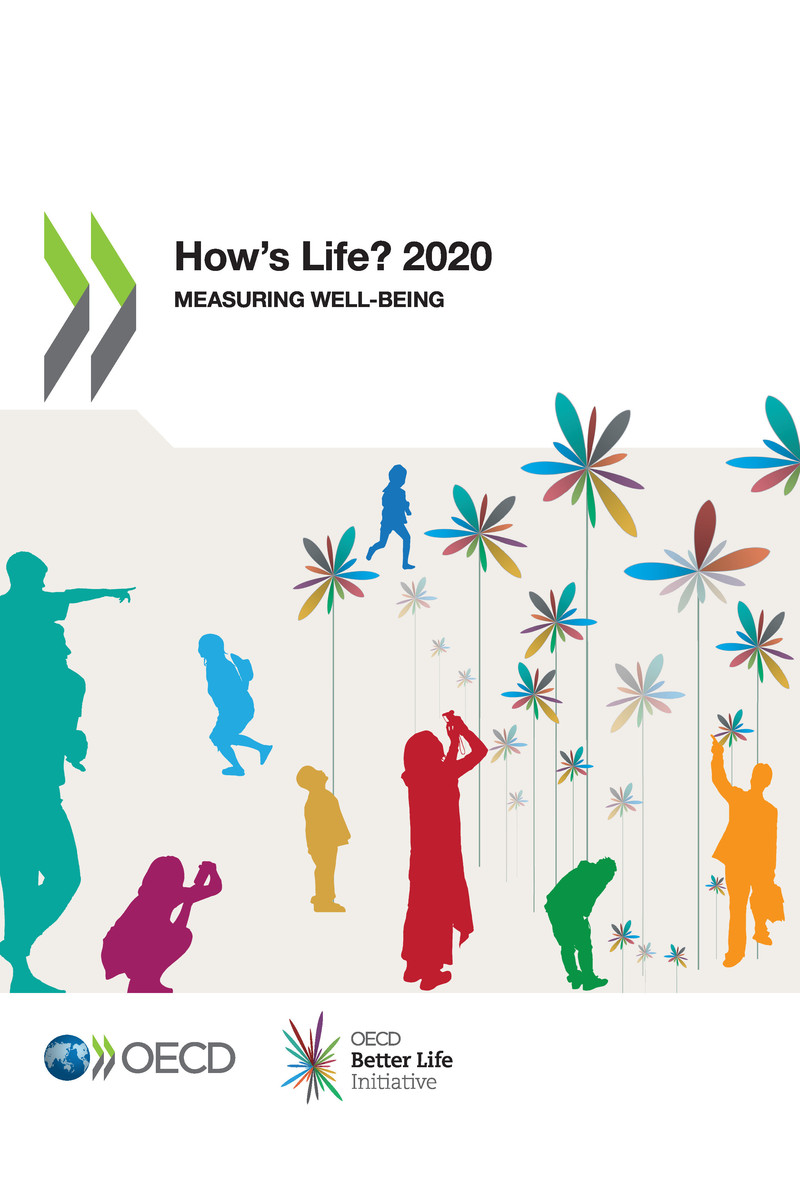
OECD (2020), How's Life? 2020: Measuring Well-being , OECD Publishing, Paris, https://doi.org/10.1787/9870c393-en .
Hows Life? is part of the OECD Better Life Initiative, which aims to promote Better Policies for Better Lives, in line with the OECDs overarching mission. It is a statistical report released every two to three years that documents a wide range of well-being outcomes and how they vary over time, between population groups, and across countries. This assessment is based on a multi-dimensional framework covering 11 dimensions of current well-being and four different types of systemic resources that help to support well-being over time. This fifth edition of the OECDs Hows Life? report charts whether life is getting better for people in 37 OECD countries and 4 partner countries, and presents the latest evidence from an updated set of over 80 well-being indicators. For the first time, Hows Life? 2020 is also accompanied by a publically accessible well-being database, available online at OECD.Stat ( http://stats.oecd.org/wbos/default.aspx?datasetcode=HSL ).
The report was prepared by the Household Statistics and Progress Measurement Division of the OECD Statistics and Data Directorate. Lead authors for each of the chapters were: Lara Fleischer (Chapter 1, 5, 12 and 16), Anil Aplman and Carlotta Balestra (Chapter 10 and 11), Carrie Exton (Chapter 8 and 14), Hae Ryun Kim (Chapter 3 and 13), Jessica Mahoney (Chapter 6 and 15), Joshua Monje-Jelfs Chapter 9) and Elena Tosetto (Chapter 2, 4 and 7). Lara Fleischer led the project, which was supervised by Carrie Exton, edited by Marco Mira dErcole and Martine Durand, and published under the direction of Paul Schreyer. Martine Zaida is the communications coordinator for Hows Life? and has provided essential support throughout. Christine Le Thi provided excellent statistical support and led the development of the well-being database. Sonia Primot designed the new Well-being Framework diagram featured in this report, and Mayank Sharma created the infographics in the country profiles.
We are grateful to many colleagues around the OECD for their help, comments and insights, either on draft text, or on specific queries. They include, but are not limited to: Willem Adema, Aime Aguilar Jaber , Christine Arndt-Bascle, Mario Barreto, Simon Buckle, Marie-Clemence Canaud, Philip Chan, Michele Cecchini, Richard Clarke, Paul Davidson, Veronique Feypell, Michael Frster, Pauline Fron, Ivan Hascic, Emily Hewett, Alexander Hijzen, Katia Karousakis, Nicolaas Sieds Klazinga, Sebastian Knigs, Maxime Ladaique, Gaetan Lafortune, Myriam Linster, Pascal Marianna, Mauro Migotto, Fabrice Murtin, Stephen Perkins, Marissa Plouin, Sonia Primot, Alexandre Santacreu, Bettina Wistrom, Isabelle Ynesta and Jorrit Zwijnenburg.
The in-house publications and production team consisted of Carmen Fernandez Biezma, Vincent Finat-Duclos, Audrey Garrigoux, Kate Lancaster and Janine Treves while Patrick Hamm provided editorial guidance, and Paul Gallagher provided advice on the executive summary. Anne-Lise Faron prepared and formatted the manuscript for publication. All are very gratefully acknowledged for their work and support.
The report has benefited from helpful comments on early drafts provided by national delegates to the OECD Committee on Statistics and Statistical Policy (CSSP). Their contributions and advice are kindly acknowledged and we hope the resulting product can be useful for their work.
Finally, Hows Life? 2020 has benefitted from several revisions to the OECD Well-being Framework laid out in the working paper The future of the OECD Well-being Dashboard. We wish to thank all internal and external participants, including the national delegates to CSSP, who participated.
On 25 May 2018, the OECD Council invited Colombia to become a Member. While Colombia appears in the list of OECD Members and is included in the OECD averages reported in this publication, at the time of its preparation, Colombia was in the process of completing its domestic procedures for ratification and the deposit of Colombias instrument of accession to the OECD Convention was pending.
In each figure, data labelled OECD are simple mean averages of the OECD countries displayed, unless otherwise indicated. Whenever data is available for fewer than all 37 OECD countries, the number of countries included in the calculation is specified in the figure (e.g. OECD 33).
A weighted OECD average (or OECD total) is shown in instances where the OECD convention is to provide this type of average. Where used, this is specified in the figure notes along with details of the weighting methodology. For example, when data are population-weighted this is done according to the size of the population in different countries, as a proportion of the total OECD population. The OECD total considers all the OECD countries as a single entity, to which each country contributes proportionally to the sum.
In analysis of change over time and trendlines, the OECD averages refer to only those countries with data available for every year shown, since the sample of countries needs to be held constant across all years. Since this means that only countries with a complete time series can be included, this can sometimes lead to different OECD averages for trendlines (shown in Chapter 1) versus the those for the latest and earliest available time points (shown in Reference Chapters 2 to 16).
Each figure specifies the time period covered, and figure notes provide further details when data refer to different years for different countries. Countries are denoted by their ISO codes ().
Data for key partner countries (Brazil, Costa Rica, the Russian Federation, South Africa), where available, are presented in a separate part of the figure to OECD countries.
Table 1. ISO codes for countries and word regions | |||||
|---|---|---|---|---|---|
AUS | Australia | FIN | Finland | MEX | Mexico |
AUT | Austria |
Font size:
Interval:
Bookmark:
Similar books «How’s Life? 2020»
Look at similar books to How’s Life? 2020. We have selected literature similar in name and meaning in the hope of providing readers with more options to find new, interesting, not yet read works.
Discussion, reviews of the book How’s Life? 2020 and just readers' own opinions. Leave your comments, write what you think about the work, its meaning or the main characters. Specify what exactly you liked and what you didn't like, and why you think so.

